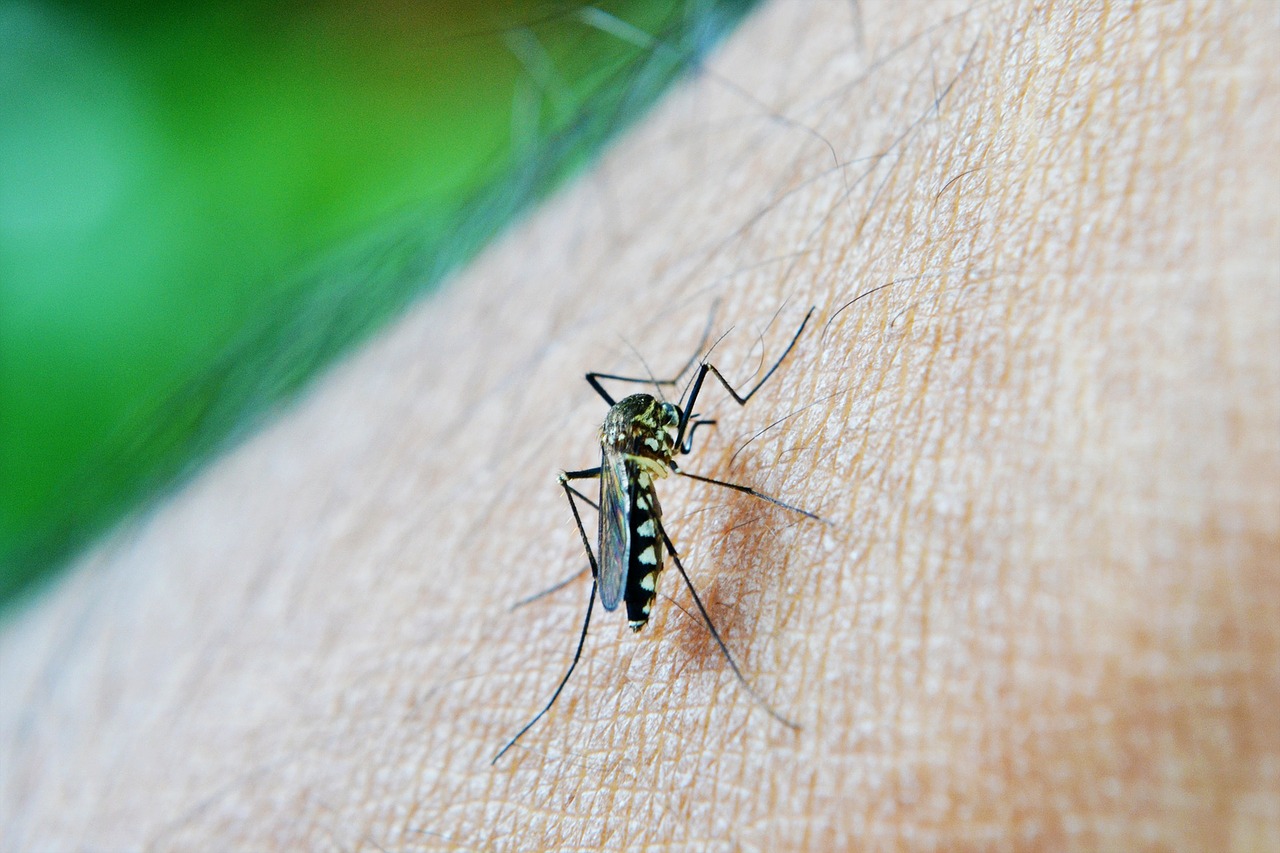Health
619,000 died from malaria in 2021 – WHO

Malaria can be prevented by avoiding mosquito bites and medicines and treatments can stop mild cases from getting worse. (Pixabay photo)
GENEVA – Although it is a preventable and curable disease, malaria killed 619,000 people in 2021, according to the World Health Organization (WHO).
The life-threatening disease mostly spreads to people through the bites of some infected female Anopheles mosquitoes mostly found in tropical countries.
The first symptoms of the disease may be mild, similar to many febrile illnesses, and difficult to detect as malaria. Left untreated, it can progress to severe illness and death within 24 hours.
The latest World Malaria Report by WHO found that there were 247 million cases of malaria in 2021 compared to 245 million cases in 2020. The estimated number of malaria deaths decreased to 619,000 in 2021 compared to 625,000 in 2020.
Over the two peak years of the pandemic, the Covid-related disruptions led to about 13 million more malaria cases and 63,000 more malaria deaths, the report said.
The African region continues to carry a disproportionately high share of the global malaria burden as the region was home to about 95 percent of all malaria cases and 96 percent of deaths in 2021.
Children under five years of age accounted for about 80 percent of all malaria deaths in the region.
According to the report, four African countries accounted for just over half of all malaria deaths worldwide: Nigeria (31.3 percent), the Democratic Republic of the Congo (12.6 percent), the United Republic of Tanzania (4.1 percent), and Niger (3.9 percent).
Symptoms, high-risk group
Mild symptoms are fever, chills and headache, while severe symptoms include fatigue, confusion, seizures, and difficulty breathing, according to WHO.
People at higher risk of a severe infection include infants, children under 5 years, pregnant women, travelers, and people with HIV or AIDS.
Malaria can be prevented by avoiding mosquito bites and medicines and treatments can stop mild cases from getting worse.
The WHO says five Plasmodium parasite species cause malaria in humans and two of these species – P. falciparum and P. vivax – pose the greatest threat.
Malaria’s most common early symptoms include fever, headache, and chills and symptoms usually appear 10-15 days after being bitten by an infected insect.
Some people may experience modest symptoms, particularly those who have already been infected with malaria. Because some malaria symptoms are vague, getting tested early is critical.
Severe symptoms also include extreme tiredness, impaired consciousness, multiple convulsions, difficulty breathing, dark or bloody urine, jaundice (yellowing of the eyes and skin), and abnormal bleeding. (Anadolu)





















